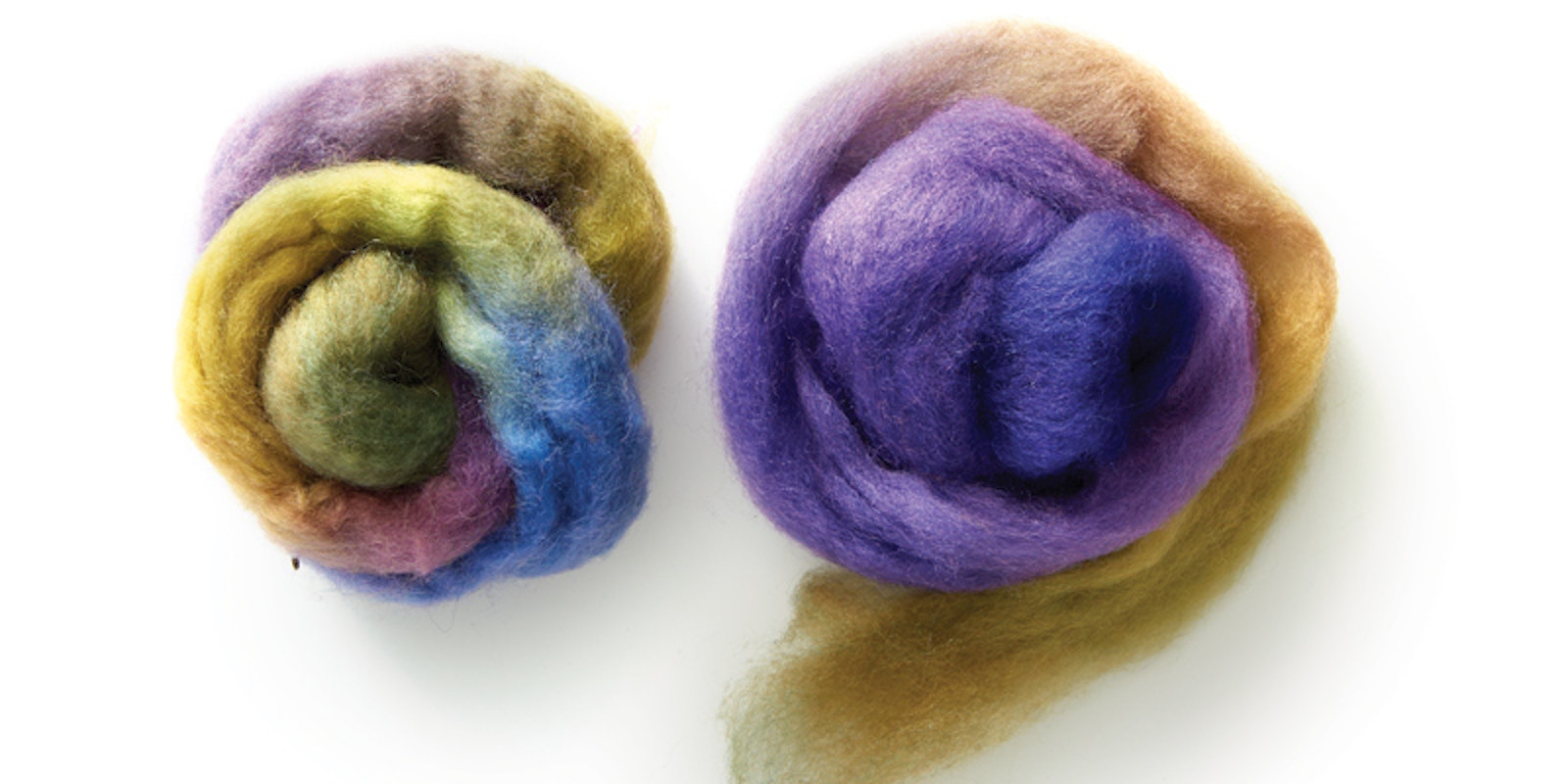Imagine living without metal tools. You could make spindles from stones or clay, you could spin plant fibers, and you could spin any animal fibers that you could cull from hides or gather when they were shed. But you would have had one thing at your disposal that would make everything easier: early domesticated sheep. On the path from the relatives of the Bighorn Sheep and mouflon to today’s huge variety of wooled sheep, there was an era when sheep gave us so much of what we needed. They were bred to perfectly suit their people, shedding their fleeces so that their wool could be processed without shearing. Each fleece provided the wool for almost any textile we could want: soft, next-to-skin pieces; hard-wearing outer garments; coverings for cold, hard floors; in some cases even sails to get us where we needed to go. We now have not only metal tools, but plastic and electrified ones, too. Just as we have a tool for every occasion, we have a different sheep for every purpose: Merinos for very fine, crimpy wool; Wensleydales for long, shiny, wavy locks; Corriedales for sweater yarns; and more breeds than we could name. (Do your own breed study and explore them!) But why would we want such an old-fashioned sheep today? When we could select a fleece with exactly and only the characteristics we want, why would we want a fleece that varies from nose to tail? Handspinners are not industry. We don’t buy wool by the ton; we buy it ounce by ounce, pound by pound, and fleece by fleece. If one sheep could give you a hat and mittens, a lace shawl, and a pair of socks, wouldn’t that be better than buying three fleeces? (Well, I guess a dedicated fleece-buyer would say that’s debatable, but for the sake of space and budget, the multipurpose sheep is more economical!) There’s something fitting about handspinning a pre-industrial sheep. Why spin a Shetland, Icelandic, or Jacob sheep? Why spin in the first place? For connection with our past; to preserve an old tradition; to make the best product you can find; and for the sheer joy of it.
|



